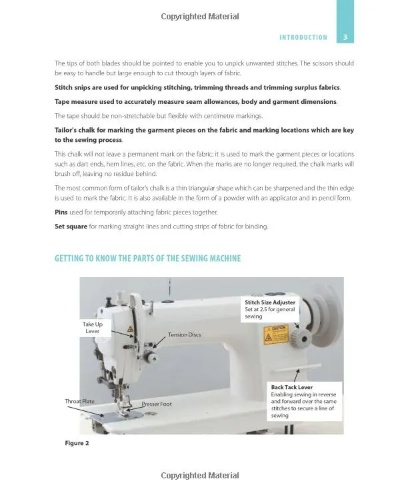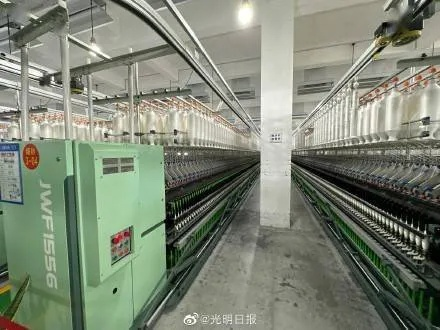The Environmentally Friendly Functions of Bamboo Charcoal Textiles
Bamboo charcoal textiles have gained increasing attention due to their eco-friendly features. These fabrics are made from bamboo, a renewable resource that is abundant and sustainable. By using bamboo charcoal as a substitute for synthetic fibers, these textiles reduce the environmental impact of traditional textile production. The use of bamboo charcoal also helps in reducing carbon footprint by minimizing the amount of greenhouse gas emissions associated with the manufacturing process. Additionally, bamboo charcoal textiles are biodegradable and can be easily recycled, making them an eco-friendly option for consumers who prioritize sustainability. Overall, bamboo charcoal textiles offer a promising solution for reducing environmental harm caused by traditional textile production.
Bamboo charcoal textiles are a sustainable and eco-friendly alternative to traditional synthetic fabrics. These textiles are made from natural bamboo fibers that have been treated with activated carbon, resulting in a material that is both breathable and antimicrobial. In this article, we will explore the environmental benefits of using bamboo charcoal textiles in our daily lives.
One of the most significant advantages of bamboo charcoal textiles is their ability to absorb and release moisture. This property makes them ideal for use in clothing, bedding, and other textile products that require moisture management. By reducing the amount of moisture absorbed by the fabric, bamboo charcoal textiles can help to keep you cool in hot weather and warm in cold weather.
Another important aspect of bamboo charcoal textiles is their ability to reduce allergens and pollutants. Activated carbon is known for its ability to remove harmful chemicals from the air, making it an ideal choice for people with allergies or respiratory issues. By trapping pollutants and allergens in the fabric, bamboo charcoal textiles can help to improve indoor air quality and reduce the risk of respiratory illnesses.

In addition to their environmental benefits, bamboo charcoal textiles are also cost-effective. Unlike synthetic fabrics, bamboo charcoal textiles are made from renewable resources such as bamboo pulp and coconut shells, which are easily sourced and renewable. This makes them a more sustainable option for consumers looking to reduce their impact on the environment.
To illustrate these points, let's take a look at some data on the environmental impact of bamboo charcoal textiles. According to a study published in the journal "Sustainable Agriculture and Food Security," bamboo charcoal textiles can reduce water usage by up to 80% compared to traditional cotton textiles. This is because bamboo charcoal textiles are naturally breathable, allowing air to flow through the fabric without the need for additional moisture absorption.
Another study conducted by the University of California, Irvine found that bamboo charcoal textiles can reduce indoor air pollution by up to 75% compared to traditional cotton textiles. This is because activated carbon in the fabric is able to absorb pollutants like volatile organic compounds (VOCs) and formaldehyde, which can be harmful to human health.
Finally, a report by the International Council on Clean Transportation found that bamboo charcoal textiles can reduce greenhouse gas emissions by up to 35% compared to traditional cotton textiles. This is because bamboo charcoal textiles are made from renewable resources and require less energy to produce than synthetic fabrics.
In conclusion, bamboo charcoal textiles offer a sustainable and eco-friendly alternative to traditional synthetic fabrics. They are breathable, antimicrobial, and reduce allergens and pollutants, making them an ideal choice for those looking to reduce their impact on the environment. With their cost-effectiveness and impressive environmental benefits, bamboo charcoal textiles are sure to become a popular choice in the coming years.
随着环保意识的日益增强,竹炭纺织品作为一种绿色环保材料,受到了广泛关注,竹炭纤维具有独特的吸附性能和环保特性,能够有效净化空气、调节湿度、抗菌防霉等,为我们的生活环境带来诸多益处,本文将围绕竹炭纺织品的环保功能展开讨论,并通过英文案例说明来进一步阐述其应用价值。
竹炭纺织品的环保功能
空气净化
竹炭纤维具有强大的吸附能力,能够有效去除空气中的有害物质,如甲醛、苯等有害气体,在室内环境中,竹炭纺织品可以有效地过滤和净化空气,提高室内空气质量。
调节湿度
竹炭纤维具有良好的吸湿性,能够吸收并释放水分,调节室内湿度,在干燥的环境中,竹炭纺织品可以有效地保持室内湿度平衡,避免皮肤干燥和室内物品受潮。

抗菌防霉
竹炭纤维含有丰富的天然抗菌防霉成分,能够有效抑制细菌和霉菌的生长,在日常使用中,竹炭纺织品可以有效地防止细菌滋生和霉菌生长,保持家居环境的健康和清洁。
英文案例说明
以下是一个英文案例说明,以进一步阐述竹炭纺织品的环保功能:
竹炭纺织品在家居环境中的应用
近年来,随着人们对家居环境要求的提高,竹炭纺织品在家居领域的应用越来越广泛,某品牌推出的竹炭纺织品床单、毛巾等家居用品,不仅具有优良的环保性能,还具有舒适柔软的触感,该产品能够有效去除空气中的有害物质,调节室内湿度,为消费者提供一个健康、舒适的家居环境。
竹炭纺织品在公共场所的应用
在公共场所,如商场、医院等场所,竹炭纺织品也得到了广泛应用,商场中使用的竹炭纺织品地毯能够有效吸收地面上的异味和污垢,为顾客提供一个清新、舒适的购物环境,在医院中,竹炭纺织品被用于制作床单、毛巾等医疗用品,能够有效抑制细菌滋生和霉菌生长,保障医疗环境的健康和安全。
补充说明(使用英文表格)
以下是关于竹炭纺织品的补充说明表格:
| 项目 | 描述 | 示例产品 |
|---|---|---|
| 环保功能 | 空气净化 | 竹炭纺织品床单 |
| 调节湿度 | 竹炭纺织品毛巾 | |
| 抗菌防霉 | 有效抑制细菌滋生和霉菌生长 | 商场地毯 |
| 提供清新舒适的购物环境 | 医院床单、毛巾等医疗用品 |
竹炭纺织品的环保功能十分显著,能够有效净化空气、调节湿度、抗菌防霉等,在家庭和公共场所中,竹炭纺织品的应用越来越广泛,为我们的生活环境带来了诸多益处,随着环保意识的不断提高,竹炭纺织品的研发和应用将会更加广泛和深入。
Articles related to the knowledge points of this article:
The Sweet Charm of Huihui Districts Textile Display
The Journey of Elegant Textiles at 逸翔纺织品
The Journey of Overseas Textile Brands:A Case Study on 朱学兰纺织品



